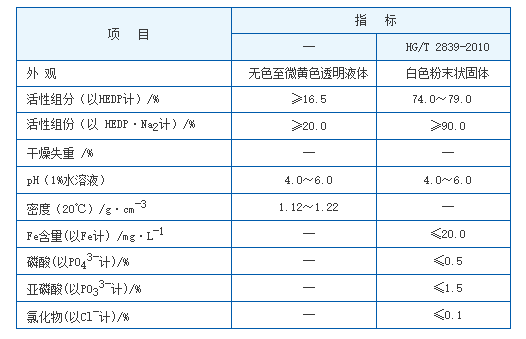Understanding the Role and Applications of Polyacrylamide in Various Fields
The Role of Polyacrylamide in Various Applications
Polyacrylamide (PAM) is a synthetic polymer that has garnered significant attention across multiple industries due to its versatile properties and functionality. Originally developed for use in water treatment processes, its applications have expanded far beyond, encompassing agriculture, pharmaceuticals, and even cosmetics. Understanding the role of polyacrylamide requires an exploration of its chemical structure, properties, and the various ways it is utilized.
Chemical Structure and Properties
Polyacrylamide is derived from acrylamide, a white crystalline solid that is soluble in water. Upon polymerization, acrylamide molecules link together to form long chains, creating polyacrylamide. One of the most notable attributes of polyacrylamide is its ability to absorb water, which allows it to function effectively as a thickening agent, stabilizer, and flocculant. Depending on the amount of cross-linking and the ionic character of the polymer, polyacrylamide can be categorized as non-ionic, anionic, or cationic, each having distinct behaviors in solution.
Applications in Water Treatment
One of the primary applications of polyacrylamide is in the field of water treatment. Its ability to flocculate, or aggregate, suspended solids makes it invaluable for enhancing sedimentation processes. In municipal and industrial wastewater treatment, PAM is used to improve the removal of contaminants, ensuring cleaner effluent is released back into the environment. The efficiency of PAM in clarifying water can drastically reduce operational costs associated with water treatment facilities, making it a favorable choice for many municipalities.
Role in Agriculture
In the agricultural sector, polyacrylamide plays a crucial role in soil management and erosion control. When mixed into the soil, PAM can enhance water retention capabilities, especially in arid regions, thereby improving crop yields. Its use as a soil conditioner helps minimize runoff and soil erosion, leading to more sustainable farming practices. Moreover, polyacrylamide can be employed in irrigation systems to increase efficiency, allowing farmers to utilize water resources more effectively.
polyacrylamide function

Pharmaceutical Applications
Polyacrylamide’s biocompatibility has led to its incorporation into various pharmaceutical formulations. It is often used as a thickening agent in gels and creams, ensuring a desirable texture and stability in products like ointments and topical medications. Additionally, PAM is utilized in the creation of drug delivery systems, where its polymeric nature can be adapted to control the release rate of therapeutic agents, enhancing the efficacy of treatments.
Uses in Cosmetics
The cosmetics industry has also benefited from the properties of polyacrylamide. It is commonly found in skincare products, makeup, and hair care formulations due to its ability to provide texture and improve moisture retention. In formulations, PAM serves to create a smooth application experience while also stabilizing emulsions and suspensions, thereby prolonging the shelf life of products.
Environmental Considerations
While polyacrylamide is effective in various applications, it is essential to consider its environmental impact. Research is ongoing to evaluate the degradation of PAM in natural environments and its potential effects on aquatic life. Sustainable practices, such as using biodegradable alternatives and employing PAM in controlled applications, are increasingly emphasized to mitigate any adverse effects.
Conclusion
Polyacrylamide exemplifies the intersection of chemistry and practicality, with its multifaceted applications ranging from water treatment to cosmetics. Its unique properties enable it to play a pivotal role in various industries, helping to address contemporary challenges such as water scarcity and agricultural sustainability. As research continues to advance, the future of polyacrylamide may hold even broader potential, paving the way for innovative solutions that are both effective and environmentally responsible. Understanding and optimizing the use of polyacrylamide will be crucial in harnessing its benefits while minimizing any negative consequences.
-
The Power of Isothiazolinones in Modern ApplicationsNewsMay.08,2025
-
Flocculants in Water TreatmentNewsMay.08,2025
-
Flocculants and Chemical Solutions: What You Need to KnowNewsMay.08,2025
-
Flocculants and Chemical Solutions: A Growing IndustryNewsMay.08,2025
-
Essential Chemicals: Polymaleic Anhydride and MoreNewsMay.08,2025
-
Acrylic Polymers: Essential Solutions for IndustryNewsMay.08,2025





